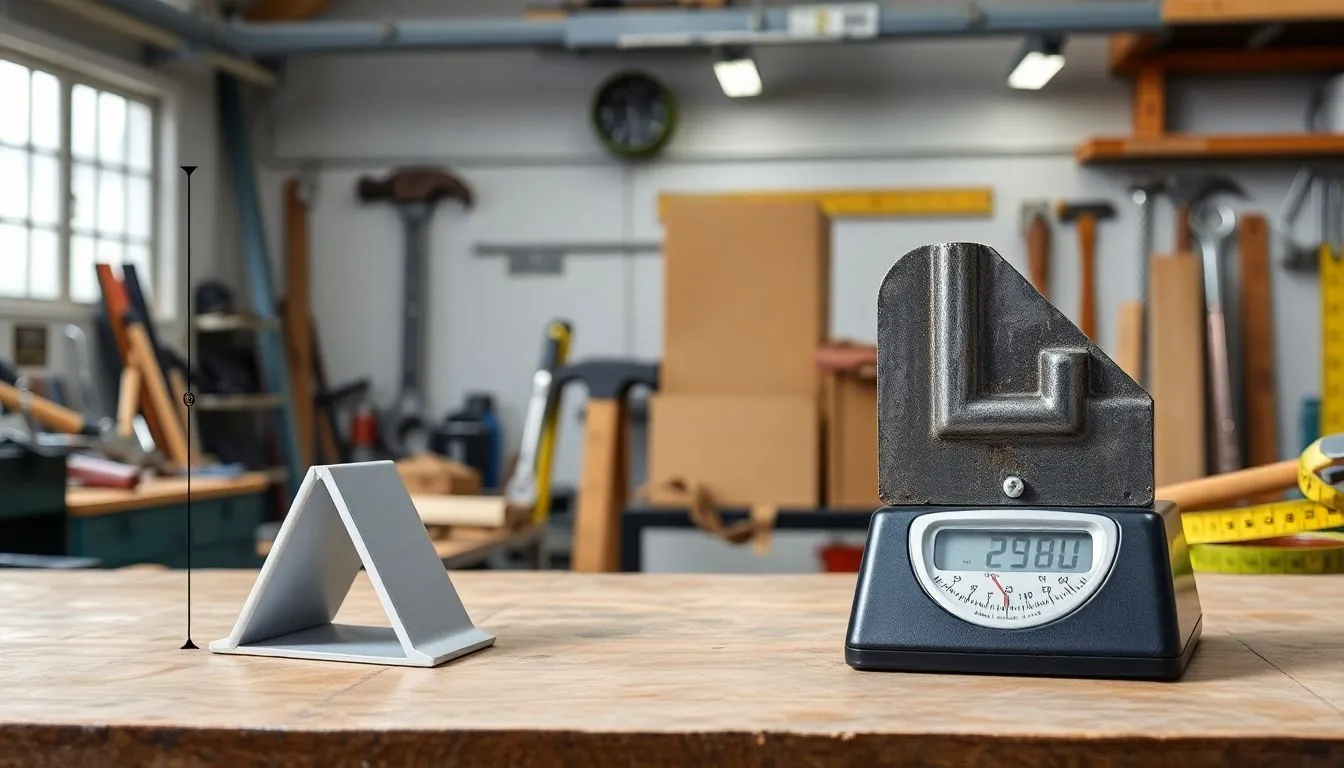Introduction
Choosing the right material for construction, manufacturing, or DIY work often boils down to weight. Lighter materials make handling easier and reduce transportation costs. Aluminum and steel angles are two of the most common options, each with unique benefits. But how do they compare in terms of weight?
Understanding the differences between these materials helps you choose the best fit for your project’s strength, cost-efficiency, and ease of installation.
Understanding the Basics of Aluminum and Steel Angles
What Are Aluminum Angles?
Aluminum angles are L-shaped structural components made from aluminum. They’re widely used in:
-
Framing and bracketing
-
Marine and aerospace structures
-
Automotive and lightweight assemblies
Benefits:
-
Lightweight
-
Corrosion-resistant
-
Easy to cut, drill, and shape
Learn how to calculate aluminum weight here.
What Are Steel Angles?
Steel angles are also L-shaped, but made from carbon or stainless steel. They’re favored for:
-
Structural frameworks
-
Load-bearing applications
-
Industrial and construction projects
Benefits:
-
High strength and durability
-
Suitable for heavy loads
-
Widely available in thicker gauges
Visit SteelConstruction.info for detailed specifications.
Weight Differences Between Aluminum and Steel Angles
The Fundamental Weight Disparity
The key difference lies in density:
| Material | Density (g/cm³) |
|---|---|
| Aluminum | ~2.7 |
| Steel | ~7.85 |
Steel is nearly 3 times heavier than aluminum for the same volume.
This difference impacts handling, installation, and shipping costs.
Calculating Weight of Angles
Use the formula:
Weight = Cross-sectional Area × Length × Density
🔧 Example:
-
A 2” x 2” x 1/4” steel angle (10 ft): ~30 lbs
-
Same size aluminum angle: ~10 lbs
Use our Angle Weight Calculator to get exact numbers for your project.
Aluminum vs Steel Angles: Comparison Table
| Feature | Aluminum Angle | Steel Angle |
|---|---|---|
| Density | ~2.7 g/cm³ | ~7.85 g/cm³ |
| Corrosion Resistance | Excellent | Moderate (unless coated) |
| Weight | Light (~10 lbs/10 ft) | Heavy (~30 lbs/10 ft) |
| Strength | Moderate | High |
| Ease of Cutting | Easy | More difficult |
| Common Uses | Marine, aerospace, DIY | Construction, support |
Factors Influencing Material Selection Based on Weight
1. Structural Load Requirements
-
Choose steel for high load-bearing applications like beams and frameworks.
-
Choose aluminum for lightweight structures where portability matters.
2. Cost Implications
-
Aluminum is cheaper to transport due to its weight.
-
Steel might be cheaper per pound, but heavier to handle.
3. Ease of Installation
-
Aluminum angles are ideal for DIYers or small teams.
-
Steel requires more effort, tools, and sometimes lifting equipment.
Real-World Applications
🛥 Marine and Aerospace
-
Aluminum is essential for aircraft and boat frames where lightweight and corrosion resistance are critical.
🏗 Construction and Structural Engineering
-
Steel dominates here due to its load-bearing strength, even though it adds more weight.
🛠 DIY and Small Projects
-
Aluminum wins in this space thanks to ease of cutting and maneuvering.
Expert Tips for Choosing the Right Material
-
Assess load needs: Will your angle support something heavy or just provide structure?
-
Environment matters: Aluminum resists rust—ideal for wet or salty conditions.
-
Think logistics: Lighter materials are easier to ship, store, and assemble.
-
Always calculate: Know your project’s total material weight before purchasing.
Conclusion
The weight difference between aluminum and steel angles is significant. Aluminum offers a corrosion-resistant, easy-to-handle option ideal for small-scale and lightweight projects. Steel, while heavier, provides unmatched durability and strength.
🛠 Choose aluminum for light frames, ease of work, and corrosion resistance.
🏗 Choose steel for heavy-duty structural support where strength is non-negotiable.
Tip: Always calculate your total material weight and consult load requirements before purchasing.
FAQs
❓ Which is stronger—aluminum or steel angle?
Steel is stronger and preferred for structural applications. Aluminum is lighter but suitable for moderate strength needs.
❓ Is aluminum angle suitable for structural support?
Yes, for light to medium loads, especially when weight or corrosion resistance is a factor.
❓ What tools are needed to cut aluminum vs steel?
-
Aluminum: Miter saw, circular saw with carbide blade
-
Steel: Angle grinder, metal chop saw, or bandsaw
❓ How do I know which angle size I need?
Use our free angle calculator to input your dimensions and get the total weight and best fit.

